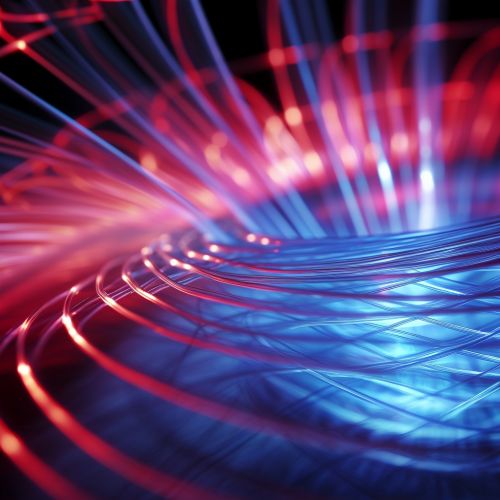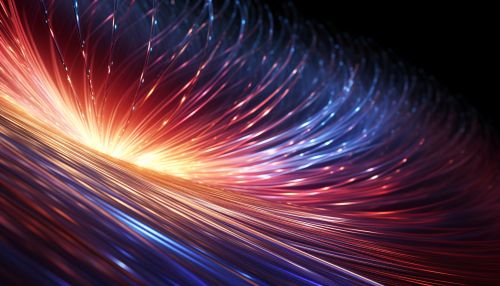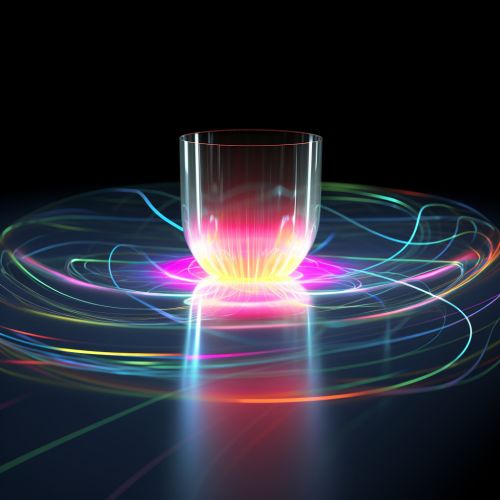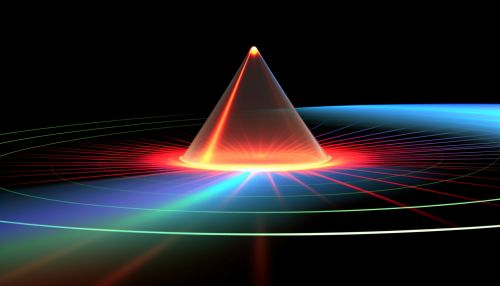Photonic Crystal Fiber
Introduction
Photonic Crystal Fiber (PCF) is a unique type of optical fiber which employs a periodic structure to confine light within a core region. Unlike traditional optical fibers, which rely on total internal reflection, PCF operates on the principle of photonic band gaps to guide light. This results in a number of unique properties, making PCF a valuable tool in a wide range of applications, from telecommunications to medical imaging.


Structure and Design
The structure of a photonic crystal fiber is characterized by a periodic array of microscopic air holes which run along the entire length of the fiber. This array forms a 'photonic crystal' structure, which gives the fiber its name. The core of the fiber, where light is guided, is typically formed by omitting or altering the size of the air holes at the center of the array.


The design and arrangement of the air holes in the fiber can be varied to achieve different properties. For instance, by adjusting the size and spacing of the holes, it is possible to control the refractive index profile of the fiber, and hence the way in which light is guided.
Operating Principle
Photonic crystal fibers guide light based on the principle of photonic band gaps. A photonic band gap is a range of frequencies for which light cannot propagate in a certain direction. By creating a periodic structure with a specific size and spacing, it is possible to create a photonic band gap that prevents light from escaping the core of the fiber.


This is in contrast to traditional optical fibers, which guide light based on the principle of total internal reflection. In these fibers, light is confined to the core by a cladding with a lower refractive index. However, in a photonic crystal fiber, the cladding is not required to have a lower refractive index than the core, allowing for greater flexibility in the design and properties of the fiber.
Properties and Applications
Photonic crystal fibers have a number of unique properties which make them useful in a wide range of applications. Some of these properties include:
- Broadband single-mode operation: Unlike traditional fibers, PCFs can operate in a single mode over a wide range of wavelengths. This makes them useful in applications such as broadband telecommunications and fiber-optic communications.
- High nonlinearity: The small core size and high refractive index contrast of PCFs result in high nonlinearity, which can be exploited in applications such as supercontinuum generation and optical parametric oscillation.
- Tunable dispersion: The dispersion properties of PCFs can be controlled by adjusting the design of the fiber, making them useful in applications such as dispersion compensation and ultrafast laser spectroscopy.


